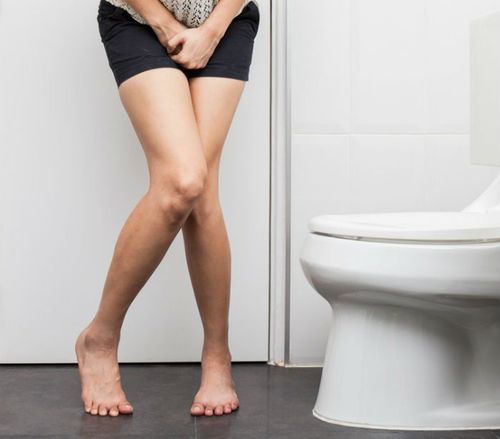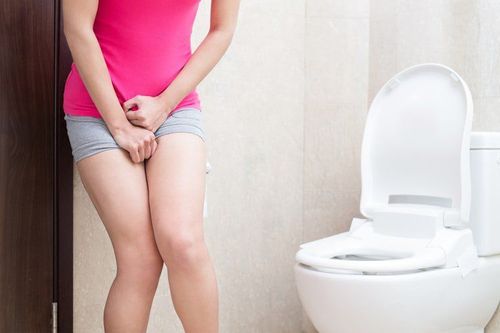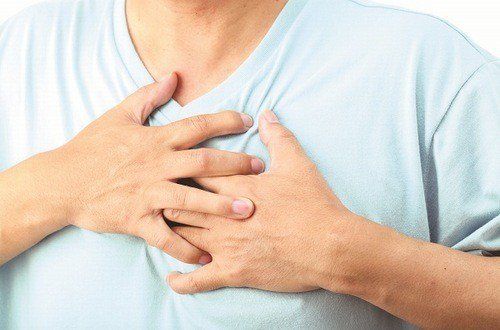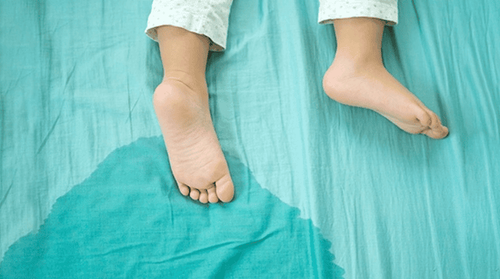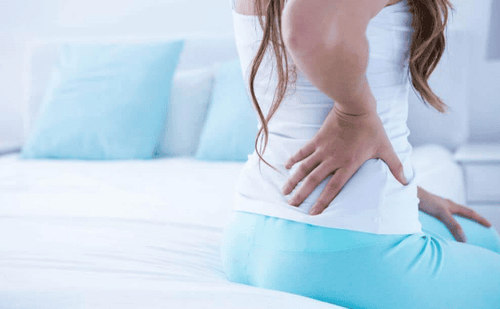This is an automatically translated article.
Urinary incontinence is a condition in which urine leaks out uncontrollably, causing a lot of discomfort and inconvenience in daily life. Urinary incontinence can occur at any age, but is more common in middle age or in women with multiple births.
Urinary incontinence can be divided into 4 types as follows:
Stress urinary incontinence: Occurs when the bladder is pressured by sneezing, laughing, exercising or lifting heavy objects Urinating involuntary due to the effect: Due to the sudden urge to stop you from urinating. You may have to urinate throughout the night and often. Urinary incontinence can be caused by a minor problem such as an infection or by a more serious condition such as a neurological disorder or diabetes. cause leakage. Mixed urinary incontinence: Occurs when different types of urinary incontinence come together. If urinary incontinence occurs frequently or seriously affects life, the patient should see a doctor to check his health status.
Causes of urinary incontinence due to pressure often stem from a disorder in the pelvic floor. These disorders occur when the tissues and muscles that support the urethra, bladder, uterus, or rectum are damaged. Patients often have weakness in the sphincter, which controls the urethra. The cause can be from pregnancy, childbirth or the effects of aging.
To treat stress urinary incontinence, lifestyle changes are used first. For example, the following ways to help reduce the frequency of urinary incontinence include:
Adjust the amount of water you drink reasonably Limit the use of stimulants as much as possible. Example: Coffee and substances containing caffeine... Stop smoking Lose weight. In addition, patients can treat urinary incontinence with other non-surgical options such as:
Pelvic muscle exercises (Kegel exercises) Physiotherapy Biofeedback therapy ( Biofeedback) Using a lifting ring Currently, pelvic floor exercises with machines at Vinmec International General Hospital help to effectively tone the pelvic floor muscles.
The use of nonsurgical measures is only adjunctive or preventive, not decisive for the formal treatment of urinary incontinence, any measures used should be decided only by the physician specialist.
Please dial HOTLINE for more information or register for an appointment HERE. Download MyVinmec app to make appointments faster and to manage your bookings easily.




